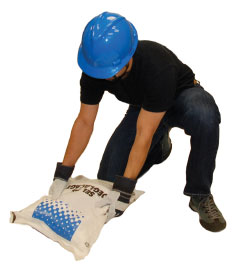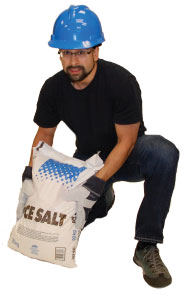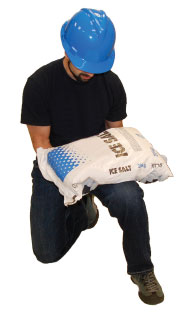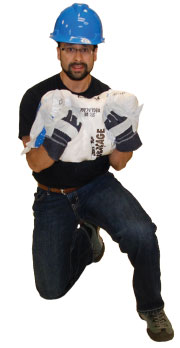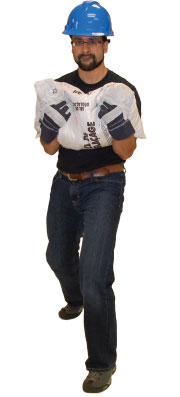31 Safe Lifting
Learning Objective
Employ safe lifting technique on the job site.
Key Question
Is there a proper way to lift so I don’t injure myself?
Introduction
Any industry that requires a lot of lifting and carrying – such as construction – is an industry with more than average back injuries. Almost all of these injuries could have been avoided. It’s no wonder large companies such as Home Depot require their workers to wear back support devices. Plan the lift, lift the right way, move safely, and put the thing down in a safe manner. Always walk the route first without carrying the object.
Plan a Lift
Before you lift any objects or materials, always take some time to plan a lift, and plan how you will carry what you lift.
Consider the following:
- How much does it weigh?
- Can the heavy load be made into a few lighter ones?
- Can I safely lift it myself?
- Does this lift require 2 people?
- Are there handles?
- Sharp ridges?
- How can I easily carry this thing close to my chest?
- Will I have to move the object through stairwells, on uneven ground or through narrow passageways that will cause further safety issues?
- Is there a way to minimize the amount of lifting and carrying I have to do (i.e. Is there a device, such as a wheeled cart to use to carry the object)?
- Is the path I plan to take clear, not slippery?
- Is the path safe to walk on?
- Where am I going to put this thing down?
- Do I run a risk of squashing a finger when I put this thing down?
- Can these things be stacked?
General Lifting Principles
- LIFT by bending your legs, not your back.
- KEEP the object close to you (close to your center of gravity to make carrying easier).
- USE handles if possible (better grip on object).
- GET assistance if the object is large or awkward (even if it is light).
Lifting Heavy Objects
When there are no alternatives and where a heavy load can’t be broken into smaller units and where it is not possible or practical to use two people to lift, there are ways to protect yourself from injury.
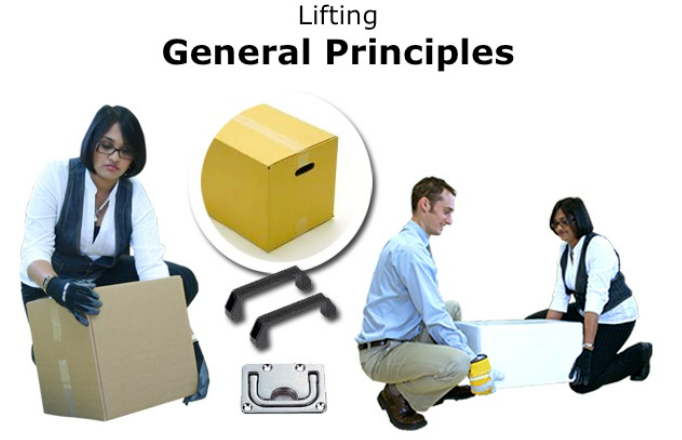
- BEND down to the object, bending your knees.
- RAISE the object to be lifted upright.
- PUT one knee against the object.
- PULL the object up the leg.
- REST the object on the knee of the other leg.
- STAND up, using your legs to lift, keeping your back straight.
- STAND upright and carry the object with your back in an upright position.
- CARRY the object as close to your body as possible.
|
1. Kneel down carefully and position object to be lifted close to knee on the ground. |
2. Grasp object firmly with both hands and slide object up to your mid-thigh. |
3. Shift object onto knee of other leg. |
|
4. With palms facing up, put both forearms under object and hug object to your stomach and chest. |
5. With object close to body, stand up using your legs to lift object, keeping your back straight, your buttocks out, breathing as you lift. |
6. Carry object with your back upright and object as close to your body as possible. |
Walk at a comfortable speed along the route you chose as the best. Use your legs to carry the weight. Turn from your legs and feet, not your waist. A worker carrying a load has the right of way. Get out of the way of a worker carrying a heavy load.

